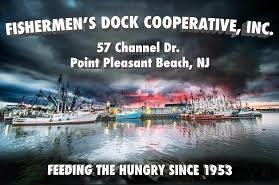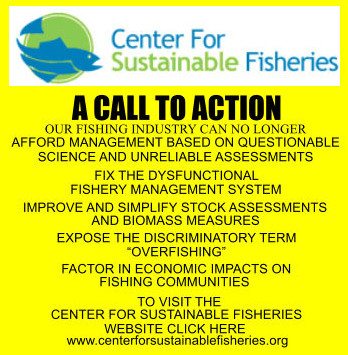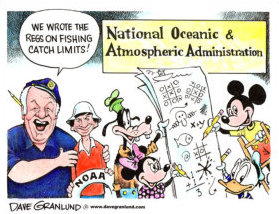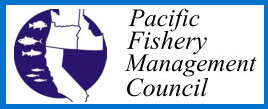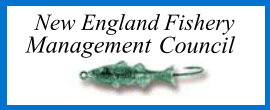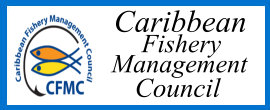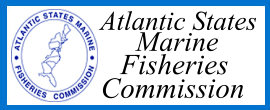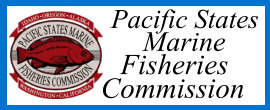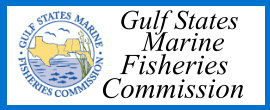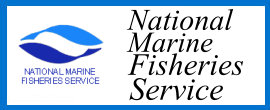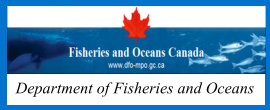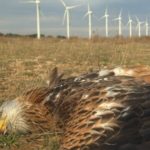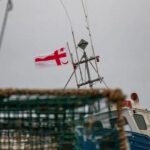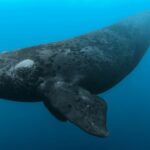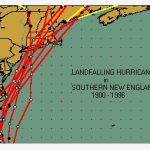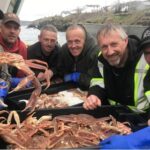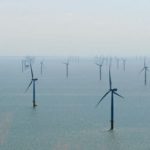Category Archives: Offshore Wind/Industrialization
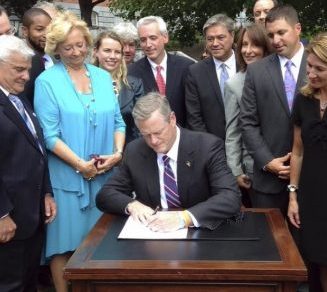
Vineyard Wind project lands in rough waters
The project, jointly owned by Avangrid and Copenhagen Infrastructure Partners, had seemed to be gathering permits the way a kid gathers shells on the beach. One after another, the developer added them to the bucket. Then the snag: The Edgartown Conservation Commission on Wednesday denied an underwater cable route off the town’s coastline, citing the potential disturbance to marine habitats and other conflicts. (Local fishermen weren’t happy, either.) On Friday, Vineyard Wind vowed to get a “superseding order” from the state Department of Environmental Protection – a more sympathetic venue – that would overturn the commission vote. More trouble lurks: Vineyard Wind also disclosed that the US Department of Interior’s Bureau of Ocean Energy Management would not issue a crucial permit, as expected, this week,,, >click to read<10:43
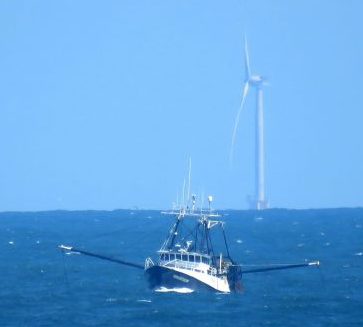
Developer: We won’t pursue wind farm in waters off Hamptons
The developer of one of the largest of three proposed wind farms contemplated for the waters off the Hamptons has withdrawn its tentative plan in favor of sites to the west, and is urging the federal government to restrict turbines from East End waters, according to the Germany-based developer’s top U.S. official.,, Bill White, managing director of East Wind LLC, a subsidiary of EnBW Energie Baden-Württemberg AG, said Friday the decision to withdraw and recommend against development off the Hamptons was primarily related to concerns about impacts on fishing. >click to read<10:08
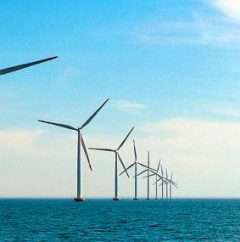
Solar And Wind – Taxpayer-Funded Ponzi Schemes with renewable portfolio laws, or quotas created by your elected politicians
The solar electricity industry is dependent on federal government subsidies for building new capacity. The subsidy consists of a 30% tax credit and the use of a tax scheme called tax equity finance. These subsidies are delivered during the first five years. For wind, there is a subsidy during the first five to ten years resulting from tax equity finance. There is also a production subsidy that lasts for the first ten years. The other subsidy for wind and solar, not often characterized as a subsidy, is state renewable portfolio laws, or quotas, that require that an increasing portion of a state’s electricity come from renewable sources. >click to read< 13:58
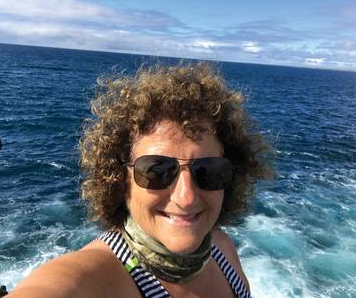
Offshore Wind: California’s New Gold Rush
When it comes to States promoting renewable, non-fossil electricity generation, California surely leads the list, from utility-scale regional grids to individual rooftop solar panels. In fact, a December 2018 update from the California Energy Commission (CEC) estimates the state may already have exceeded an initial renewable generation goal of 33% by 2020..,,, CA’s offshore process started in earnest three years ago when a wind energy company then called Trident Wind – now Castle Wind – submitted an unsolicited request to BOEM (Bureau of Ocean Energy Management) to lease a site in the Pacific near Morro Bay (about half-way between LA and San Francisco). >click to read<10:30
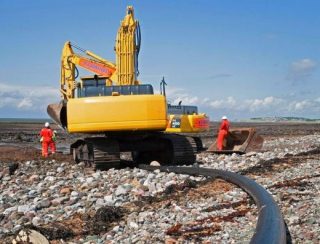
Undersea Power Cables – Electromagnetic fields have complex and possibly harmful effects on the valuable brown crab.
Over the past 10 years, Scotland has installed thousands of offshore wind turbines in the North Sea and is starting to deploy marine energy devices that generate power from tides and waves. It’s a green energy push that is slowly being replicated in coastal areas the world over. Though these installations are reducing coastal threats such as oil spills, they have the potential to cause other, more subtle, problems for marine life. From each offshore wind and tidal turbine, power cables snake to shore, connecting to power banks, converters, and the wider electrical grid. But these electrified cables could have odd and unexpected effects on seafloor life. >click to read<08:43
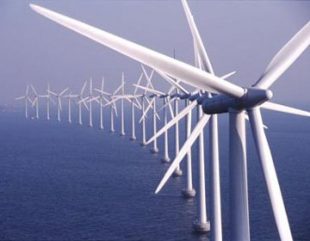
Offshore Wind Fiasco: Renewables Industry Faces $Billions In Compensation For Early Repairs
Ørsted must repair up to 2,000 wind turbine blades because the leading edge of the blades have become worn down after just a few years at sea. The company has a total of 646 wind turbines from Siemens Gamesa, which may potentially be affected to some extent, Ørsted confirmed. The wind turbine owner will not disclose the bill, but says that the financial significance is “small”. However, it is far from just the Anholt Park that is affected. The blades at several British Ørsted offshore wind farms must also be repaired after just a few years on the water. >click to read<12:12

Avangrid Pursuing Huge Offshore & Onshore Wind Projects In US
Avangrid Renewables is pursuing two new wind projects, one off the coast of Massachusetts and another in the heart of New Mexico. It is working with Copenhagen Infrastructure Partners on a bid to build an offshore wind farm in waters off the coast of Massachusetts. That partnership is known as Vineyard Wind.,, Two other partnerships have submitted bids to the state of Massachusetts, which plans to have up to 1.6 gigawatts (GW) of offshore power in place by 2027. click here to read the story 11:26
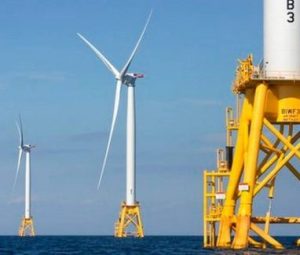
Winds of worry: US fishermen fear forests of power turbines
East Coast fishermen are turning a wary eye toward an emerging upstart: the offshore wind industry. In New Bedford, Massachusetts, the onetime whaling capital made famous in Herman Melville’s “Moby-Dick,” fishermen dread the possibility of navigating a forest of turbines as they make their way to the fishing grounds that have made it the nation’s most lucrative fishing port for 17 years running. The state envisions hundreds of wind turbines spinning off the city’s shores in about a decade, enough to power more than 1 million homes.,, “Fishermen are losing ground one a nibble at a time,” said Joseph Gilbert, a Stonington, Connecticut fisherman who owns boats that range from Virginia to Maine. click here to read the story 12:30
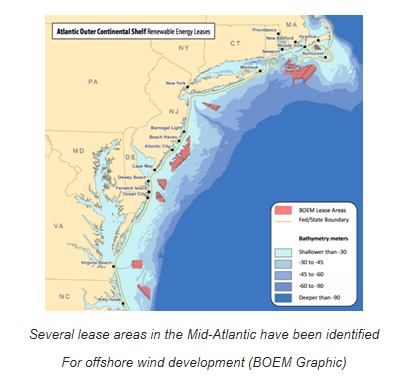
EMF (Electromagnetic Field) Effects and the Precautionary Principle – Nils E. Stolpe/FishNet USA
The following is taken from an OSPAR Commission (https://www.ospar.org/) report from 2008. It clearly shows that at the time when interest in offshore wind turbines was really starting to grow there was very little knowledge of, nor had much significant research been done on, the effects of electromagnetic fields on marine or estuarine species, and what little had been done was on mature organisms, with little or no attention given to immature stages. Background Document on potential problems associated with power cables other than those for oil and gas activities: Conclusions in regard to electromagnetic fields Our current knowledge about effects of electromagnetic fields on the marine environment, in particular fauna, is not sufficient. Only a few preliminary conclusions can be reached. click here to read the article 17:07

Offshore wind farm could make vital Fife fishing ground a no-go zone
Eight turbines up to 800ft high may be built off the coast of Methil, in an area of rich pickings for fishermen from both sides of the Firth of Forth. Although the Forthwind developers insist fishing could continue around some of the massive structures those in the industry say it would become a no-go zone. Tom Mackenzie, manager of the Fishermen’s Mutual Association (Pittenweem), said: “It would be too dangerous to fish there. click here to read the story 07:49
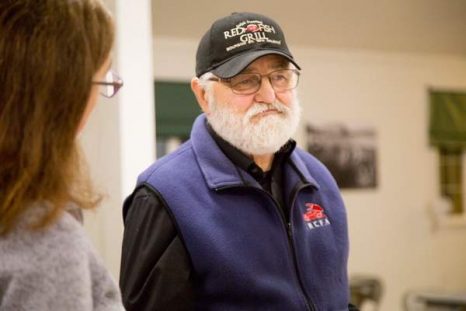
Washington State Marine Spatial Planning: Are ‘winds of change’ in store for local waters?
Could Pacific Ocean wind farms and fish-rearing net pens in Willapa Bay become future industries in Pacific County? Those are some possibilities being studied among an array of new potential ocean uses mentioned by the Washington Department of Ecology during a public meeting Wednesday, Nov. 8, in Long Beach. Marine Spatial Planning for Washington’s offshore waters was discussed by members of an inter-agency team led by Washington Department of Ecology Senior Ocean Planner Jennifer Hennessey. About 24 community members — including county officials, commercial fishermen and local oyster farmers — attended to listen or provide formal testimony regarding their concerns about new potential ocean uses and possible impacts on existing industries. click here to read the story 21:08
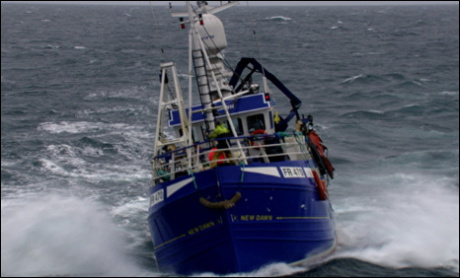
Trawlermen vs Turbines: Offshore Wind Farms Putting Scottish Fishermen Out of Business
Celebrated in the BBC reality TV series, ‘Trawlermen’ the men that brave the waves in search of the seafood that graces British dining tables, restaurants and fish and chip shops risk life and limb to bring the catch home. Ruthlessly competitive, British fishermen not only have to contend with mountainous seas and other Trawlermen, now the fishing grounds that they fiercely guard as their own are literally being stolen out from under them. In just the latest example, Scottish Trawlermen operating in the Moray Firth are about to be displaced by hundreds of offshore wind turbines. The fishermen concerned are hoping that they might receive some kind of compensation for the massive financial loss. From STT’s long association with the wind industry, we wish them luck – they’re going to need it. click here to read the story 08:12
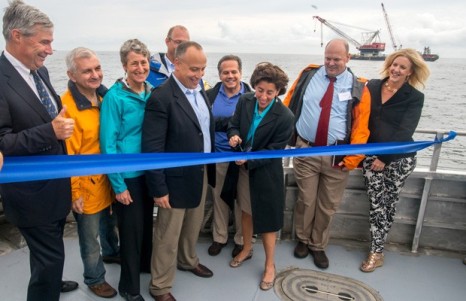
Offshore Wind Farm Costs $150,000 Per Home Currently Powered
An offshore wind farm in Rhode Island went online Monday, but building it costed $150,000 for every household powered. Three miles off the coast of Block Island, R.I., the wind farm is currently generating enough electricity to power 2,000 homes, but building the five turbines costed $300 million. That’s roughly $150,000 per household just to build the turbines, not to operate them. To put this in some perspective, the U.S.’s newest nuclear reactor, Watts Bar Unit 2, cost $4.7 billion to build but powered 4.5 million homes. The extremely high cost of offshore wind doesn’t worry environmentalists and progressives however, because, “it’s the precedent that counts.” click here to read the rest 11:37
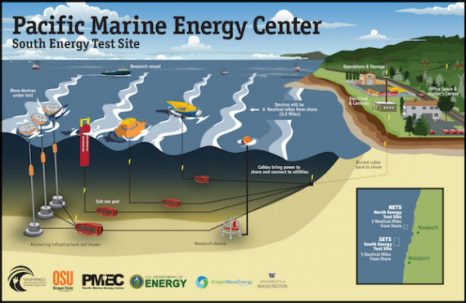
US Doubles Down On Wave Energy, $40 Mil For New Test Bed
It looks like the US is about to get much, much more serious about developing its vast wave energy potential. Researchers have been working at several relatively modest sites in Hawaii and the Pacific Northwest, and now the Energy Department has announced funding for a new, $40 million utility scale test site in the waters of the continental US, off the coast of Oregon. The new wave energy test site will be built and operated under the auspices of Oregon State University’s Northwest National Marine Renewable Energy Center. In a press release announcing the plan to invest up to $40 million in the nation’s first utility scale wave energy test site, the Energy Department noted that more than half of the population of the US lives within 50 miles of a coastline. All things being equal, coastal populations are expected to grow, but getting zero emission energy to coastal regions is becoming more complex and difficult. Aging coastal nuclear power plants will most likely not be replaced, and population density limits the potential for utility scale wind farms and solar arrays on land. Another limitation for land-based renewable energy in coastal areas is the need for new long distance transmission lines. Plans have been in place for years to bring wind power from the wind rich midwest to points east, but the new lines have had to battle against fossil fuel interests as well as local stakeholders. One solution is to tap the waters of the US coastlines. Read the rest here 12:40
Monhegan Island is the wrong place for wind turbines
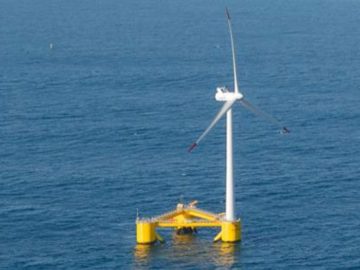 A recent Press Herald article described Protect Monhegan as a “small group” of island residents seeking the relocation of wind turbines to be placed little more than two miles from our island. While we may be small in terms of the big institutions we are up against – Maine’s largest public university (the University of Maine), largest construction company (Cianbro Corp.) and second-largest electric utility (Emera Maine) – we represent the views of nearly half of Monhegan Island residents, as well as many other seasonal residents and visitors from around the world. Like many of us who live here, they simply can’t understand why – of all the places along Maine’s 3,500-mile coastline – the waters off Monhegan must be the place to experiment with two 585-foot wind turbines. The fact is, the process that led to this decision has been anything but transparent. What was originally presented as a one-eighth-scale turbine, which would be tested for two five-month periods, has morphed into a 20-year-long major project, with industrial-scale wind turbines on floating towers and backed by $48 million of taxpayer money. Read the rest here 08:35
A recent Press Herald article described Protect Monhegan as a “small group” of island residents seeking the relocation of wind turbines to be placed little more than two miles from our island. While we may be small in terms of the big institutions we are up against – Maine’s largest public university (the University of Maine), largest construction company (Cianbro Corp.) and second-largest electric utility (Emera Maine) – we represent the views of nearly half of Monhegan Island residents, as well as many other seasonal residents and visitors from around the world. Like many of us who live here, they simply can’t understand why – of all the places along Maine’s 3,500-mile coastline – the waters off Monhegan must be the place to experiment with two 585-foot wind turbines. The fact is, the process that led to this decision has been anything but transparent. What was originally presented as a one-eighth-scale turbine, which would be tested for two five-month periods, has morphed into a 20-year-long major project, with industrial-scale wind turbines on floating towers and backed by $48 million of taxpayer money. Read the rest here 08:35
U.S. to Auction 79,000 Acres Offshore New York for Wind Energy
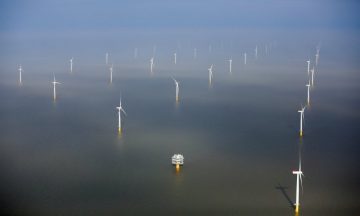 The United States Department of the Interior and the Bureau of Ocean Energy Management (BOEM) announced that 79,350 acres offshore New York will be offered in a December 15 commercial wind lease sale. The New York Wind Energy Area starts approximately 11.5 nautical miles from Jones Beach, New York, on Long Island. From its western edge, the area extends approximately 24 miles southeast at its longest portion. The lease area consists of five full Outer Continental Shelf blocks and 143 sub-blocks. After reviewing comments received on the environmental assessment, BOEM removed about 1,780 acres from the lease area due to environmental concerns regarding a seafloor feature known as the Cholera Bank. In a comment letter, the National Marine Fisheries Service identified the Cholera Bank feature as a sensitive habitat to be avoided for the placement of structures. As a result of this removal, the revised lease area will be approximately two percent smaller than the lease area considered in the proposed sale notice. In response to concerns raised by commercial fishing interests, BOEM also has included a lease requirement for the lessee to develop a publicly available fisheries communications plan and work with a fisheries liaison to facilitate communication with the fishing industry. Read the rest here 16:09
The United States Department of the Interior and the Bureau of Ocean Energy Management (BOEM) announced that 79,350 acres offshore New York will be offered in a December 15 commercial wind lease sale. The New York Wind Energy Area starts approximately 11.5 nautical miles from Jones Beach, New York, on Long Island. From its western edge, the area extends approximately 24 miles southeast at its longest portion. The lease area consists of five full Outer Continental Shelf blocks and 143 sub-blocks. After reviewing comments received on the environmental assessment, BOEM removed about 1,780 acres from the lease area due to environmental concerns regarding a seafloor feature known as the Cholera Bank. In a comment letter, the National Marine Fisheries Service identified the Cholera Bank feature as a sensitive habitat to be avoided for the placement of structures. As a result of this removal, the revised lease area will be approximately two percent smaller than the lease area considered in the proposed sale notice. In response to concerns raised by commercial fishing interests, BOEM also has included a lease requirement for the lessee to develop a publicly available fisheries communications plan and work with a fisheries liaison to facilitate communication with the fishing industry. Read the rest here 16:09
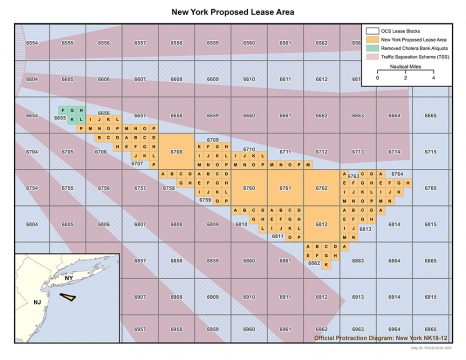
Department of the Interior to auction over 79,000 acres offshore New York for wind development
U.S. Department of the Interior (DOI) Secretary of the Interior Sally Jewell and the Bureau of Ocean Energy Management (BOEM) Director Abigail Ross Hopper announced that 79,350 acres offshore New York will be offered in a December 15 commercial wind-lease sale. The New York Wind Energy Area starts approximately 11.5 nautical miles (nm) from Jones Beach, NY. From its western edge, the area extends approximately 24 nm southeast at its longest portion. The lease area consists of five full Outer Continental Shelf blocks and 143 sub-blocks. After reviewing comments received on the Environmental Assessment, BOEM removed about 1,780 acres from the lease area due to environmental concerns regarding a seafloor feature known as the Cholera Bank. In a comment letter, the National Marine Fisheries Service identified the Cholera Bank feature as a sensitive habitat to be avoided for the placement of structures. As a result of this removal, the revised lease area will be approximately two percent smaller than the lease area considered in the Proposed Sale Notice. Read the rest here 13:55
Nova Scotia fishermen were in court today to stop Bay of Fundy tidal test project
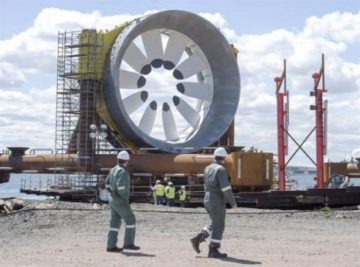 A group representing 175 Nova Scotia fishermen appeared in court Thursday in a bid stop a plan to test giant electric turbines in the Bay of Fundy. The Bay of Fundy Inshore Fishermen’s Association says the Cape Sharp Tidal project is based on “junk science” and should be put on hold until a year-long study can establish a scientific baseline for the state of the bay. In June, Nova Scotia’s environment minister granted approval for the installation of two, five-storey turbines on the bottom of the bay for tidal power research. The association has filed an application for a judicial review of that decision, saying the minister acted unreasonably and failed to adequately consider evidence that suggests the project requires more study. Nova Scotia Supreme Court judge Denise Boudreau said a two-day hearing on the merits of the application would begin on Feb. 1, 2017. As well, she said a hearing could be held on Oct. 20 if the association decides to file a motion seeking a stay of the minister’s decision. Link 17:02
A group representing 175 Nova Scotia fishermen appeared in court Thursday in a bid stop a plan to test giant electric turbines in the Bay of Fundy. The Bay of Fundy Inshore Fishermen’s Association says the Cape Sharp Tidal project is based on “junk science” and should be put on hold until a year-long study can establish a scientific baseline for the state of the bay. In June, Nova Scotia’s environment minister granted approval for the installation of two, five-storey turbines on the bottom of the bay for tidal power research. The association has filed an application for a judicial review of that decision, saying the minister acted unreasonably and failed to adequately consider evidence that suggests the project requires more study. Nova Scotia Supreme Court judge Denise Boudreau said a two-day hearing on the merits of the application would begin on Feb. 1, 2017. As well, she said a hearing could be held on Oct. 20 if the association decides to file a motion seeking a stay of the minister’s decision. Link 17:02
As US’ first offshore wind farm takes root, study indicates wind may be more powerful, turbulent than expected
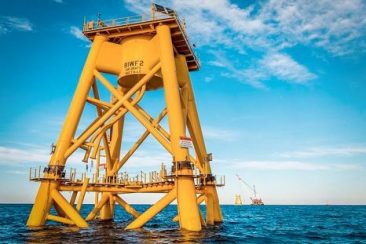 University of Delaware researchers report in a new study that offshore wind may be more powerful, yet more turbulent than expected in the North Eastern United States. The findings, published in a paper in theJournal of Geophysical Research: Atmospheres, could have important implications for the future development of offshore wind farms in the U.S., including the assessment of how much wind power can be produced, what type of turbines should be used, how many turbines should be installed and the spacing between each. The paper’s main finding is that atmospheric conditions around Cape Wind are predominantly turbulent, or unstable, which is in stark contrast to prevailing data from European offshore wind farms in the Baltic Sea and the North Sea. “By contrast, our study found that wind conditions at Cape Wind are unstable between 40 and 80 percent of the time, depending on season and time of day,” Read the story here 20:55
University of Delaware researchers report in a new study that offshore wind may be more powerful, yet more turbulent than expected in the North Eastern United States. The findings, published in a paper in theJournal of Geophysical Research: Atmospheres, could have important implications for the future development of offshore wind farms in the U.S., including the assessment of how much wind power can be produced, what type of turbines should be used, how many turbines should be installed and the spacing between each. The paper’s main finding is that atmospheric conditions around Cape Wind are predominantly turbulent, or unstable, which is in stark contrast to prevailing data from European offshore wind farms in the Baltic Sea and the North Sea. “By contrast, our study found that wind conditions at Cape Wind are unstable between 40 and 80 percent of the time, depending on season and time of day,” Read the story here 20:55
World first Anglesey underwater energy ‘sea kite’ project in licence bid
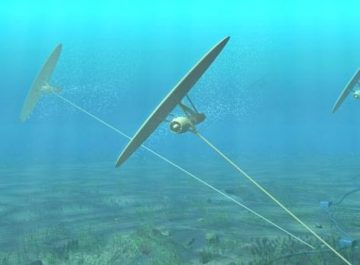 Swedish-based Minesto has applied to fix its underwater energy ‘kites’ in the sea off Holyhead on Anglesey. It is part of plans for a 10MW underwater power plant, supplying the power needs of about 8,000 households. Developers said it would be the first full-scale operation of its kind in the world, following quarter-scale ocean testing off Northern Ireland. The technology uses tidal currents to force water through a turbine as the underwater kites “fly” through the sea. Read the rest here 11:39
Swedish-based Minesto has applied to fix its underwater energy ‘kites’ in the sea off Holyhead on Anglesey. It is part of plans for a 10MW underwater power plant, supplying the power needs of about 8,000 households. Developers said it would be the first full-scale operation of its kind in the world, following quarter-scale ocean testing off Northern Ireland. The technology uses tidal currents to force water through a turbine as the underwater kites “fly” through the sea. Read the rest here 11:39
Confusion, rancor, and yes, fear, after LIPA wind farm meeting postponed
 New York State’s decision to postpone LIPA’s consideration of an offshore wind farm that is popular with environmentalists prompted confusion and rancor in its aftermath, as the Cuomo administration works on a wind-energy blueprint that could include other areas directly off Long Island. LIPA trustees had been scheduled to vote last Wednesday on a 90-megawatt wind-farm proposal by developer Deepwater Wind in the federal Rhode Island wind-energy area 30 miles from Montauk Point. But a late-night decision by NYSERDA prompted cancellation of the board meeting, an unprecedented move, and postponement of the vote. The state’s decision to postpone the trustee vote disappointed Long Island environmentalists and at least one East End official, who have expressed frustration for years about LIPA’s on-again, off-again wind ambitions. One group was rumored to have bought Champagne for the board meeting. “It’s awful, pulling a major meeting like this at the last minute,” said Gordian Raacke, executive director of Renewable Energy Long Island and a longtime advocate for solar and wind power. “It causes a lot of uncertainty and it scares people. lol! ok! “Those [potential] wind-energy areas would destroy multiple fisheries,” said Meghan Lapp, fisheries liaison for Seafreeze Ltd., a Rhode Island commercial fishing group. Added Drew Minkiewicz, an attorney for the Fisheries Survival Fund, representing commercial scallopers, “All of them [wind-energy areas] are right smack dab in the middle of scallop grounds.” Now, that’s scary. Read the rest here 15:29
New York State’s decision to postpone LIPA’s consideration of an offshore wind farm that is popular with environmentalists prompted confusion and rancor in its aftermath, as the Cuomo administration works on a wind-energy blueprint that could include other areas directly off Long Island. LIPA trustees had been scheduled to vote last Wednesday on a 90-megawatt wind-farm proposal by developer Deepwater Wind in the federal Rhode Island wind-energy area 30 miles from Montauk Point. But a late-night decision by NYSERDA prompted cancellation of the board meeting, an unprecedented move, and postponement of the vote. The state’s decision to postpone the trustee vote disappointed Long Island environmentalists and at least one East End official, who have expressed frustration for years about LIPA’s on-again, off-again wind ambitions. One group was rumored to have bought Champagne for the board meeting. “It’s awful, pulling a major meeting like this at the last minute,” said Gordian Raacke, executive director of Renewable Energy Long Island and a longtime advocate for solar and wind power. “It causes a lot of uncertainty and it scares people. lol! ok! “Those [potential] wind-energy areas would destroy multiple fisheries,” said Meghan Lapp, fisheries liaison for Seafreeze Ltd., a Rhode Island commercial fishing group. Added Drew Minkiewicz, an attorney for the Fisheries Survival Fund, representing commercial scallopers, “All of them [wind-energy areas] are right smack dab in the middle of scallop grounds.” Now, that’s scary. Read the rest here 15:29
Floating turbine system to be tested in Bay of Fundy, The Holy Grail
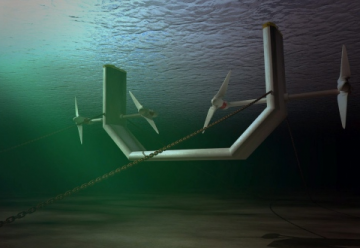 A Dutch firm that calls the Bay of Fundy “the holy grail” aims to exploit the bay’s powerful tidal currents by testing a floating turbine system starting next year. Halifax-based Minas Energy announced Tuesday it was partnering with Dutch firm Tocardo International BV and Ontario-based International Marine Energy Inc. to form the Minas Tidal Limited Partnership. The new partnership plans to test the Dutch company’s technology in the Minas Passage by late 2017, the third distinct approach announced recently to harnessing the bay’s powerful forces. “We feel brave enough to go to the Bay of Fundy,” said Van Breugel. “The Bay of Fundy is the holy grail.” Read the rest here 11:49
A Dutch firm that calls the Bay of Fundy “the holy grail” aims to exploit the bay’s powerful tidal currents by testing a floating turbine system starting next year. Halifax-based Minas Energy announced Tuesday it was partnering with Dutch firm Tocardo International BV and Ontario-based International Marine Energy Inc. to form the Minas Tidal Limited Partnership. The new partnership plans to test the Dutch company’s technology in the Minas Passage by late 2017, the third distinct approach announced recently to harnessing the bay’s powerful forces. “We feel brave enough to go to the Bay of Fundy,” said Van Breugel. “The Bay of Fundy is the holy grail.” Read the rest here 11:49
Meanwhile in the Bay of Fundy, Nova Scotia government approves “experimental” turbine deployment
 The Nova Scotia government has approved a plan to deploy two experimental tidal turbines in the Minas Passage for research purposes. The government announced the approval of the proposed monitoring program for the Fundy Ocean Research Center for Energy (FORCE) and Cape Sharp Tidal Venture in a news release on Monday. The turbines, which are each 16 metres in diameter and weigh 1,000 tonnes, were originally scheduled for deployment last year, but were delayed by weather. Fishermen and environmental groups have raised concerns that the giant turbines would have a negative impact on marine life in the Bay of Fundy. Environment Minister Margaret Miller said in a news release that the full environmental impact of the project will not be known until the turbines are in the water. Read the rest here 11:34
The Nova Scotia government has approved a plan to deploy two experimental tidal turbines in the Minas Passage for research purposes. The government announced the approval of the proposed monitoring program for the Fundy Ocean Research Center for Energy (FORCE) and Cape Sharp Tidal Venture in a news release on Monday. The turbines, which are each 16 metres in diameter and weigh 1,000 tonnes, were originally scheduled for deployment last year, but were delayed by weather. Fishermen and environmental groups have raised concerns that the giant turbines would have a negative impact on marine life in the Bay of Fundy. Environment Minister Margaret Miller said in a news release that the full environmental impact of the project will not be known until the turbines are in the water. Read the rest here 11:34
A massive coastal wind farm off Long Island will please pretty much no one
 Election year is the season to channel more money into renewable energy resources because it tends to carry some significant sway with the liberal base. With that in mind, the green light has been given (yet again) to plans for a truly massive “wind farm” in the Atlantic Ocean off the coast of Long Island. But the usual liberal caveat of NIMBY (“Not in my back yard”) is always in play when such plans come close to fruition and this one is no exception. Some of the chief opponents to this forest of turbine towers are the fishermen who make their living in the targeted waters. Read the rest here 11:05
Election year is the season to channel more money into renewable energy resources because it tends to carry some significant sway with the liberal base. With that in mind, the green light has been given (yet again) to plans for a truly massive “wind farm” in the Atlantic Ocean off the coast of Long Island. But the usual liberal caveat of NIMBY (“Not in my back yard”) is always in play when such plans come close to fruition and this one is no exception. Some of the chief opponents to this forest of turbine towers are the fishermen who make their living in the targeted waters. Read the rest here 11:05
The first of two towering tidal power turbines to enter Bay of Fundy next month
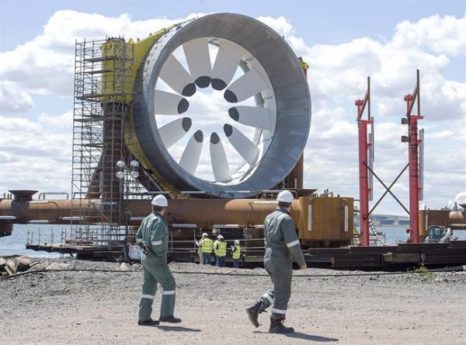 The first of two towering turbines designed by Cape Sharp Tidal to harness the immense power of the Bay of Fundy will be installed next month off the coast of Nova Scotia, an company official announced Thursday. Sarah Dawson, the community relations manager for the project, said one of the five-storey high, two-megawatt turbines built in Pictou by Aecon Atlantic Industrial Inc., will be loaded on a barge during the first week of June and travel around the province until it reaches the test site near Parrsboro. That trip will take a couple of weeks. The new turbines are a bigger and more robust version of a turbine tested by OpenHydro and Nova Scotia Power in 2009 that was heavily damaged by the Bay of Fundy’s powerful currents. Read the rest here 18:04
The first of two towering turbines designed by Cape Sharp Tidal to harness the immense power of the Bay of Fundy will be installed next month off the coast of Nova Scotia, an company official announced Thursday. Sarah Dawson, the community relations manager for the project, said one of the five-storey high, two-megawatt turbines built in Pictou by Aecon Atlantic Industrial Inc., will be loaded on a barge during the first week of June and travel around the province until it reaches the test site near Parrsboro. That trip will take a couple of weeks. The new turbines are a bigger and more robust version of a turbine tested by OpenHydro and Nova Scotia Power in 2009 that was heavily damaged by the Bay of Fundy’s powerful currents. Read the rest here 18:04







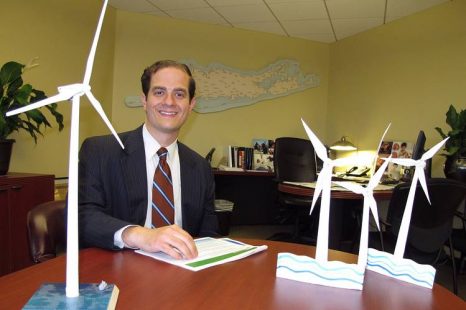 Long Island would get New York state’s first offshore wind farm, a collection of wind turbines off Montauk that could provide energy for 50,000 homes, under an agreement detailed Thursday. The board of trustees of the Long Island Power Authority, a state authority, is expected to vote Wednesday to approve a plan with Deepwater Wind LLC, which would build 15 wind turbines on a open-ocean site it leases from the federal government. The plan has drawn opposition from the commercial fishing industry, worried about disturbances to prime fish-nursery areas. Bonnie Brady, executive director of the Long Island Commercial Fishing Association, said the project would “maim and kill fish” through years of pile driving and laying of cable. She said the bases of the towers would then permanently alter the undersea environment. “These industrial projects should not be built where things live,” she said. “From a commercial fishing standpoint we are being sold out.”
Long Island would get New York state’s first offshore wind farm, a collection of wind turbines off Montauk that could provide energy for 50,000 homes, under an agreement detailed Thursday. The board of trustees of the Long Island Power Authority, a state authority, is expected to vote Wednesday to approve a plan with Deepwater Wind LLC, which would build 15 wind turbines on a open-ocean site it leases from the federal government. The plan has drawn opposition from the commercial fishing industry, worried about disturbances to prime fish-nursery areas. Bonnie Brady, executive director of the Long Island Commercial Fishing Association, said the project would “maim and kill fish” through years of pile driving and laying of cable. She said the bases of the towers would then permanently alter the undersea environment. “These industrial projects should not be built where things live,” she said. “From a commercial fishing standpoint we are being sold out.” 





